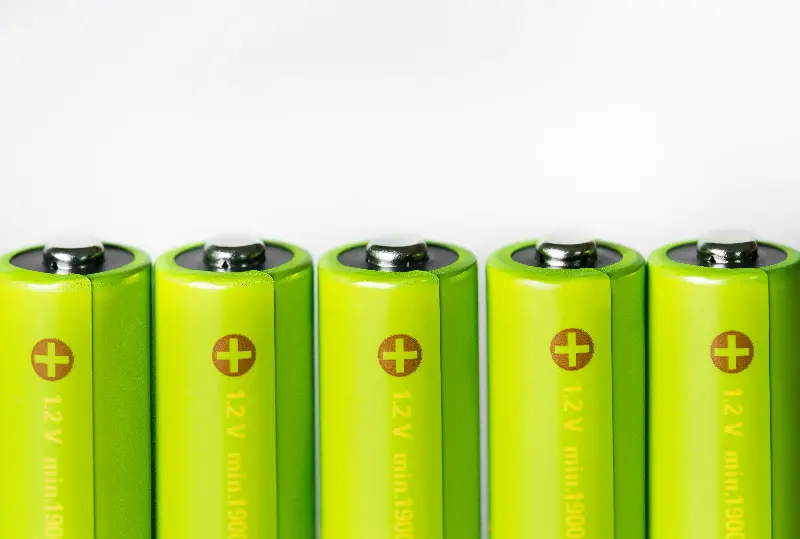
Whether it's the fading battery from your remote or a collection of old phone batteries stashed in a drawer, many of us are guilty of simply forgetting about used batteries—or worse, tossing them in the household bin. But did you know that improper disposal of batteries can release hazardous chemicals and spark fires, costing both environmental and personal safety? Understanding the right way to manage used batteries isn't just environmentally responsible—it's essential for a safer home and community.
Sorting Out the Surge: Recognise Your Battery Types
Not all batteries are built (or disposed of) equally. From everyday alkalines to rechargeable lithium-ions powering our smartphones, recognising the type is the crucial first step in safe handling. Look for labels—common household batteries include:
- Alkaline (AA, AAA, C, D, 9V)
- Rechargeable NiMH, NiCd
- Lithium-ion (found in phones, laptops, power tools)
- Button and coin cells (watches, hearing aids)
- Lead-acid (car batteries)
Sorting batteries means you're protecting your home from potential leaks and fires, and you're ensuring recycling facilities can process them effectively.
The Art of Safe Storage: Keep Risks at Bay
Batteries, even when 'dead,' retain residual charge. Casual storage—such as a jumble in a metal biscuit tin—is a prime recipe for sparks or leaks. For safe at-home management:
- Keep batteries cool and dry, away from moisture and heat sources—never store them in a hot shed or near radiators.
- Store used batteries upright in a non-metallic container, such as a glass jar or cardboard box.
- For 9V, lithium and coin batteries, individually tape the terminals with non-conductive tape to prevent accidental short-circuits—a small but powerful move to prevent fires.
- Keep batteries out of reach of children and pets; some, especially small button cells, are a severe ingestion hazard.
Transport Like a Pro: Safety On the Move
When the time comes to take your batteries to a recycling point, transport is more than just a quick drive. Avoid tossing them loose in the car. Instead:
- Place taped and sorted batteries in sturdy, sealed containers.
- For longer journeys, use padding between batteries to minimise movement.
- Never mix types; keep lead-acid separate from household cells.
By giving a little extra thought to how you transport batteries, you dramatically cut the risk of accidents en route.
The Recycling Revolution: Give Old Batteries New Life
Batteries aren’t mere rubbish—they’re packed with valuable metals and components desperate for a second chance. Proper recycling helps reclaim materials like nickel, cobalt, and lithium, easing pressure on mining and reducing environmental harm. Many technology and retail shops, local councils, and dedicated recycling events collect used batteries. Finding your nearest drop-off point is often as easy as checking your council’s website or searching “battery recycling near me” online.
Best practices for recycling:
- Only use official battery collection points.
- Avoid curbside bins unless specifically instructed—they often don’t accept batteries.
- Check if your electronics store offers “take-back” programmes.
Energise Your Environmental Impact: One Battery at a Time
Our homes quietly accumulate old batteries—silent reminders of gadgets past and energy spent. But with a bit of knowledge and a dash of care, every household can transform this waste into something powerful. By storing, transporting, and recycling batteries properly, you’re defending your home, protecting your community, and fuelling the future of green technology.
How might your view of technology change if you saw every battery as a link in a larger, ongoing story of resourcefulness and responsibility? Next time a device goes flat, let curiosity guide your hand—where will your next 'used' battery take you, and what will it become?
